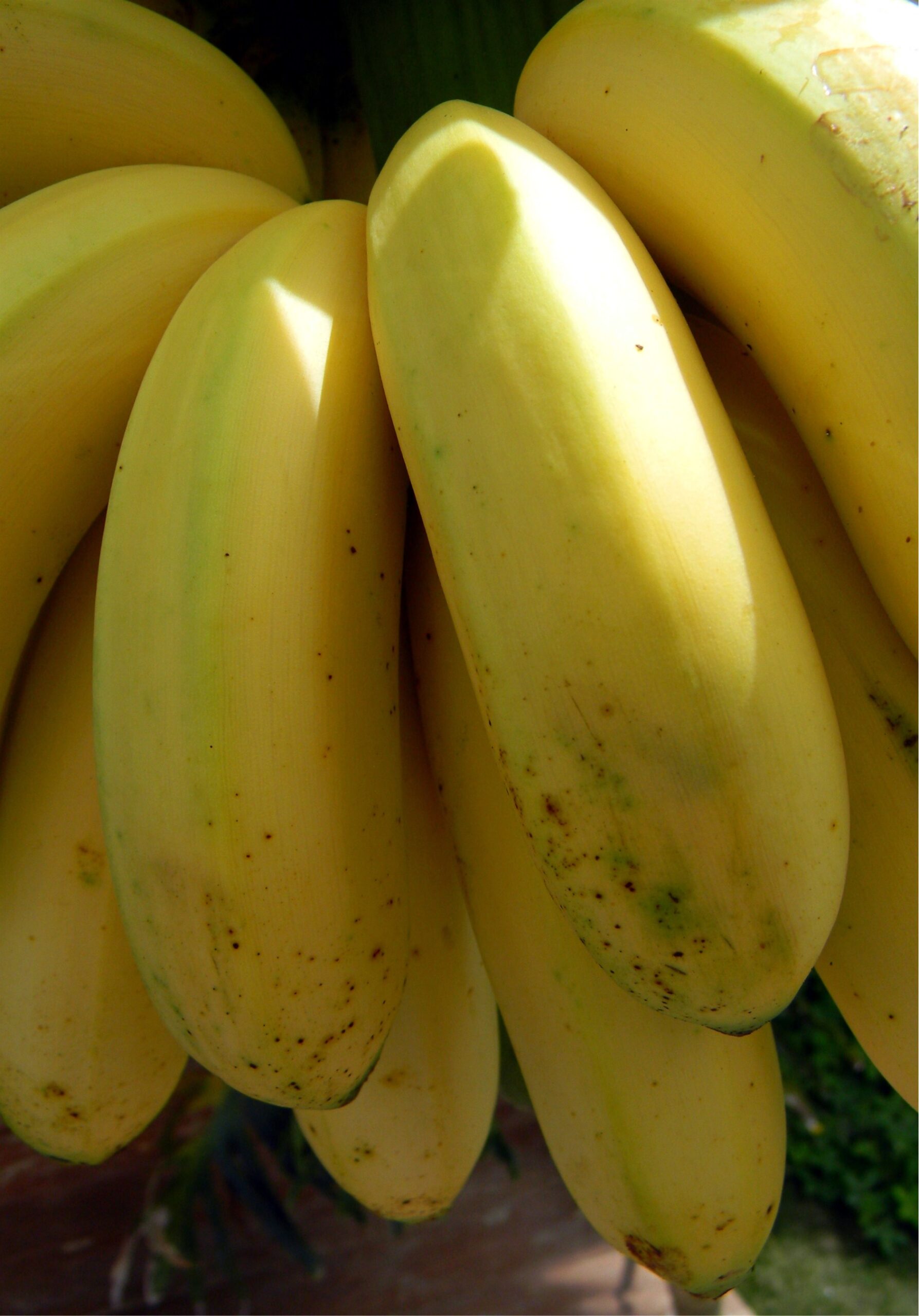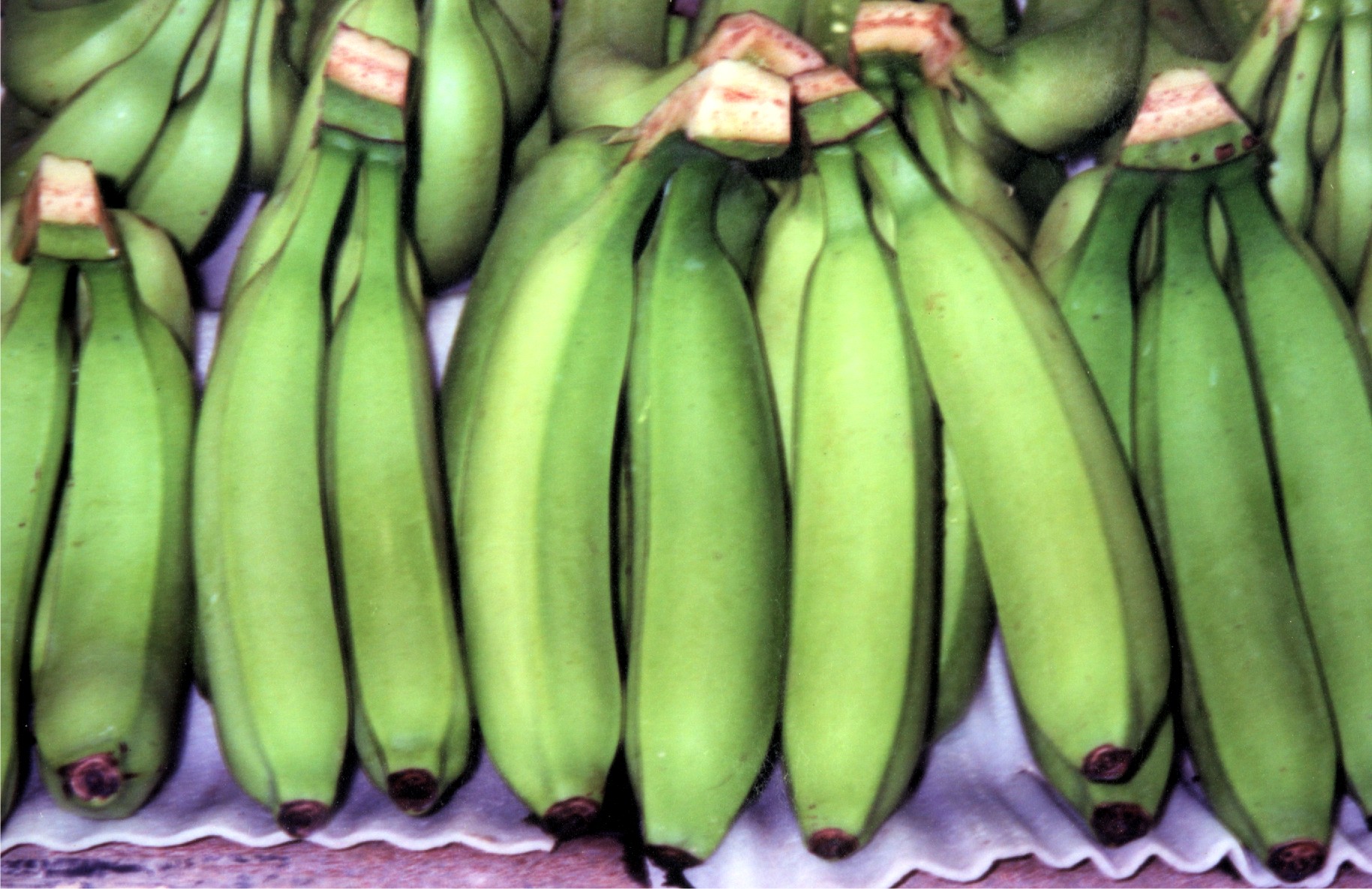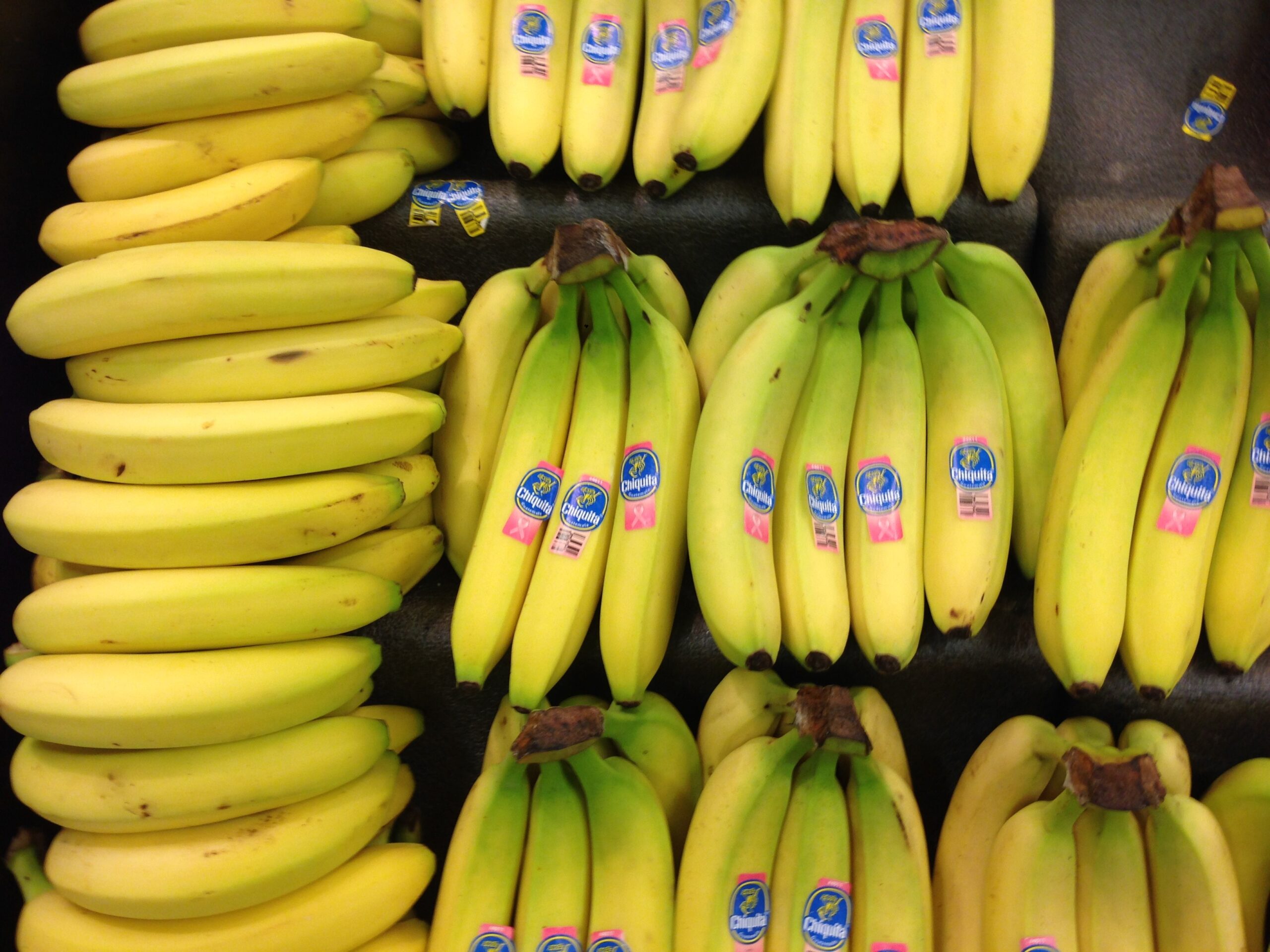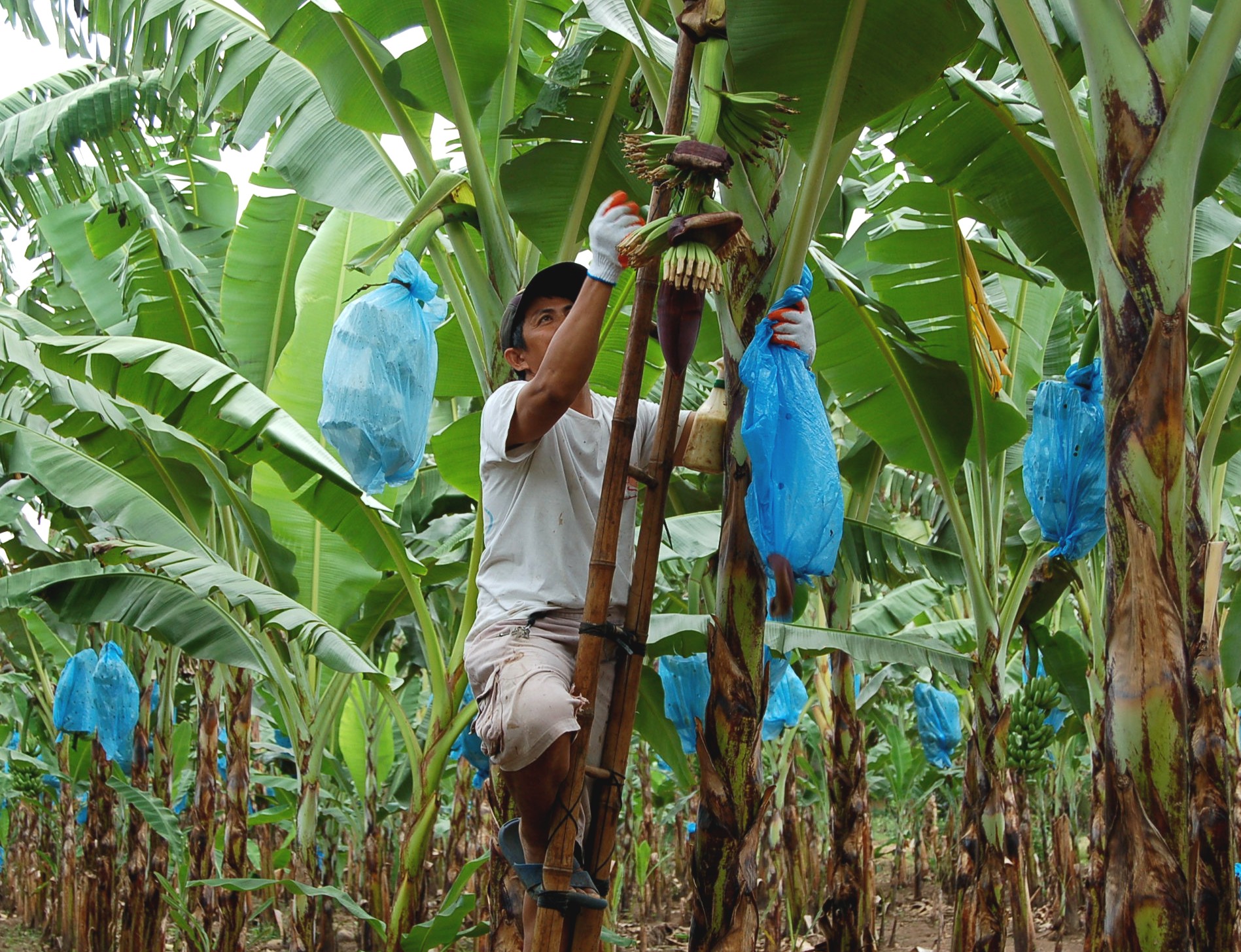Text and Photos by Henrylito D. Tacio
“Banana is the most economically important fruit crop in the Philippines,” said the Laguna-based Philippine Council for Agriculture, Aquatic and Natural Resources Research and Development (PCAARRD). “It is the only locally-grown fruit available year-round.”
The Philippines is the only Asian country to be included in the list of the top five leading banana exporting nations in 2020, according to a report by worldstopexports.com’s Daniel Workman. The four other top exporting countries were all from Latin America: Ecuador, Costa Rica, Colombia, and Guatemala.
Ecuador exported the highest dollar value worth of bananas during 2020 with $4.2 billion or 27.7% of total exported bananas. The Philippines came second with $1.6 billion (10.6%).
The contributions of the three remaining countries were: Costa Rica, $1.1 billion (7.1%), Colombia, $990.3 million (6.5%), and Guatemala, $995.6 million (6.3%).
While Ecuador posted an increase in its exported banana sales by 27.5%, the Philippines went down by -16.7%, the report said.
“World banana trade has expanded to unprecedented heights in recent years,” wrote Maria Paula Tolentino, communication specialist of the Dole Sunshine Company. In 2019, for instance, the estimated export volume was 21 million tonnes.
“Key drivers of trade include abundant supply growth in the leading export countries of Ecuador and the Philippines, and a significant increase in import demand, particularly by China and the European Union,” Tolentino wrote.
In 2020, the Philippines exported bananas to these countries in thousand tonnes: Japan (1,414.7), China (1,210.1), Republic of Korea (435.8), Iran (214.8), Saudi Arabia (154.4), Hong Kong (65.1), United Arab Emirates (61.7), and Singapore (37.1).
“Despite the demand, the banana industry continues to face threats not only on a domestic scale but also on the global scale,” Tolentino observed.


In a paper published in Edge Davao, Tolentino identified some key issues and concerns that the banana industry in the country is facing. “These issues are interlinked with the various aspects of the industry and are usually not isolated incidents specific to certain areas or sectors,” she explained. “Many of these issues adversely affect the production and value chains of the different varieties of banana.”
On the issue of stiff competition, Tolentino wrote: “In a span of 10 years, from 2010 to 2020, the Philippine banana industry continued to experience growing competition from Ecuador, China and Peru. Though the country has a strong market foothold in Japan and New Zealand, Banana Statistical Compendium 2020 indicates that the Philippines is dropping significantly behind.”
Part of the drop of banana production was when Super Typhoon Pablo hit Mindanao, which damaged a large portion of the banana plantations. “While the Philippines was recovering, South American bananas were able to increase their market share in the country’s traditional markets in Asia and the Middle East,” Tolentino wrote.
Typhoons come and go, but disease and pestilence seem to stay. The trade that started some 130 years ago “must adapt to the fragility of globalization, which includes the threat of pandemic, pestilence, and disease,” urged Tolentino.
“Pests and diseases are a normal occurrence in any crop but more pronounced in a monocropping system where the spread and impact of the disease is faster,” Tolentino noted.
In the Philippines, the diseases that are hard to control are Panama disease, Sigatoka, and bunchy top. “Such pestilence causes lower production output with higher production costs since containing the infection requires stringent and costly sanitary and quarantine measures,” Tolentino pointed out.
Right now, the banana industry is “racing against time” as Panama disease-resistant varieties of Cavendish are being threatened by the new Tropical Race 4 (TR4) strain. To stop it from spreading, farmworkers are required to wear protective clothing and use tools which are disinfected.
“The safety precautions are not only to guard against the coronavirus, but also to protect the valuable crop from TR4 which, similar to COVID-19, still has no cure, and poses an existential threat to a $25-billion industry,” Tolentino wrote.


Climate change is another concern cited by Tolentino in her paper. “Recent years have shown that extreme weather changes have led to widespread damage and have affected the productivity of the banana industry,” she wrote.
For instance, “When Pablo hit the Philippines, it affected about 25% of the commercial banana plantations which caused a downturn in production for the next two years, not including the period of El Niño and La Niña occurrences, which significantly affected production, and eventually, the markets of bananas.”
Another issue is the increasing costs of production and transportation. “Spiraling production costs such as labor, freight, fertilizer, paper and board for boxes, and importantly, fuel, have gone from 50% to as high as 100%,” Tolentino wrote. “Transport of the crop from farms to market is relatively expensive since most of the farms are in hard-to-reach areas with inadequate road networks and transport facilities.”
In popular culture and commerce, “banana” usually refers to soft, sweet “dessert” bananas that are usually eaten raw. The bananas from a group of cultivars with firmer, starchier fruit are called plantains and are generally used in cooking rather than eaten raw. The word “banana” is derived from the Arabic word “finger.”
“In highly developed countries, bananas are prized as a food of convenience – it’s cheap, portable, and reasonably healthy,” Tolentino wrote. “Among the variety of fruits that land on our tables, the banana is just one of the many to choose from.”
What most Filipinos don’t know is that bananas are one of the most healthful fruits the world has known. Alexander the Great was so fascinated by the virtues of this fruit that he described it as “the heavenly fruit that tastes like nectar sweetened in honey.”
Health experts claim that bananas are low in protein, free of fats, but high in energy. A fully ripe banana has 20-25 percent sugar. It has significant amounts of B-vitamins, especially B1 and B6. B1 is a brain tonic, whereas B6 relieves, in particular, uncomfortable symptoms of the premenstrual tension syndrome-like irritability, headaches, tender breasts, and water retention.
Researches conducted recently at the University of Minnesota, School of Medicine, substantiate earlier reports that high potassium diets (banana being one of these) lower blood cholesterol levels. Subjects getting extra dietary potassium are also less prone to hypertension, strokes, and atherosclerosis and, finally, show significantly low mortality rates.
A major study reveals that diets loaded with potassium-rich bananas may be able to cut the risk of strokes by one-third. Scientists feel that many people can be protected against strokes and heart attacks by minimizing sodium (common salt) intake and by consuming plenty of potassium-rich foods, of which banana is one.
In the United States, the Food and Drug Administration has just allowed the banana industry to make official claims for the fruit’s ability to reduce the risk of blood pressure and stroke.
If you are having trouble with stress, potassium-rich bananas can help you. Potassium is a vital mineral, which helps normalize the heartbeat, sends oxygen to the brain, and regulates the body’s water balance. When you are stressed, your metabolic rate rises, thereby reducing your potassium levels. These can be rebalanced with the help of a high-potassium banana snack.
Aside from coconut, bananas can be considered as “the tree of life.” Dondon Carlo P. Lejano, in an article which appeared in the quarterly publication of Bureau of Agricultural Research, wrote: “Aside from being eaten fresh, the ripe fruit can also be processed into jam, candies, and purees. On the other hand, the unripe bananas may be processed into starch and chips. Banana extracts can also be processed into wine, catsup and vinegar.”
The banana leaves have their uses, too. Lejano wrote: “In some areas, especially in the provinces, the banana leaves are believed to be medicinal and can heal open-skin wounds faster. Aside from being used as packing materials in markets and other areas of trade, the banana leaves are also used for cooking purposes.”
There are several kinds of bananas grown in the country, but the most popular ones are latundan, lakatan, and saba. These are mostly grown in the backyard or as a component in an intercropping scheme with minimum care and management. Cavendish is the export variety grown by commercial banana plantations in the southern Philippines, particularly in Davao.

